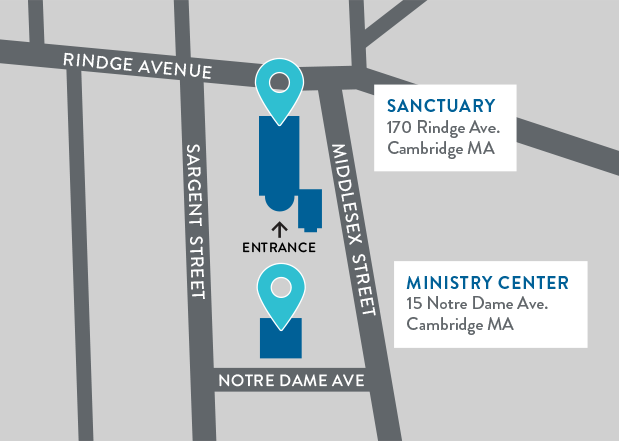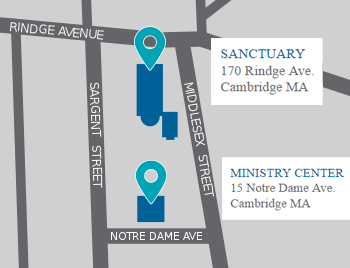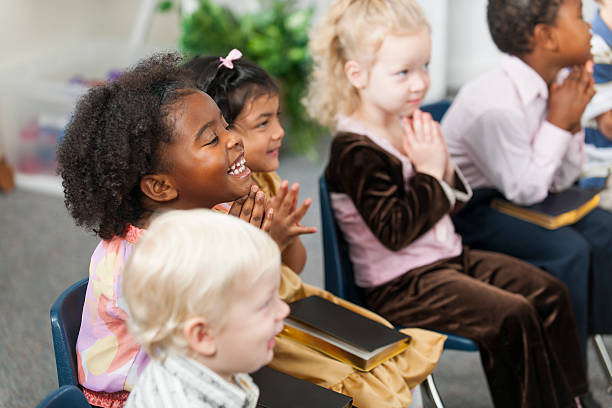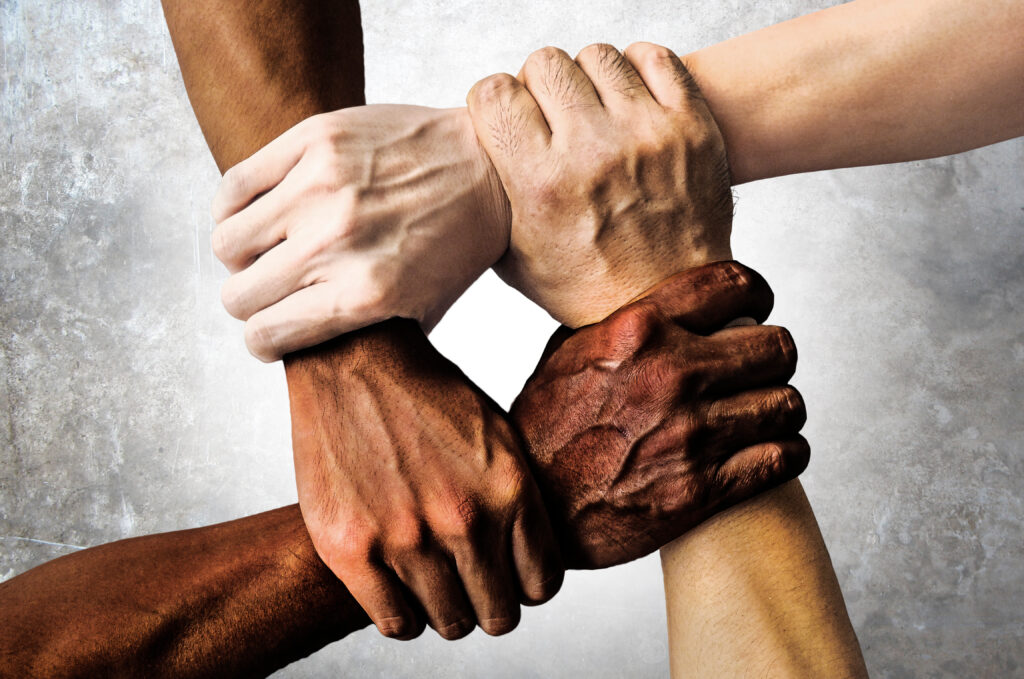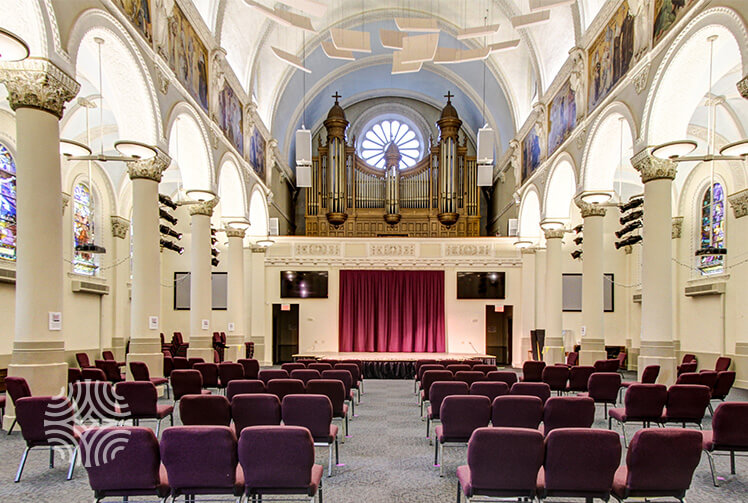At Reservoir Church, we believe that God loves us all, with no exceptions. Every morning at Reservoir Church we say from the top of the service that Reservoir is “a place where everyone, without exception, is invited to discover the love of God, the gift of community and the joy of living.” Everyone. Without exception. We hope in repeating this phrase, we all continue to come to know these truths more deeply:
I matter.
I am loved.
I am welcome here.
In 2014, Reservoir Church made a commitment to honor and affirm the inherent worth and dignity of all individuals, including those that are in the LGBTQIA+ community at all levels of participation, membership, leadership and marriage. We affirm that all individuals are created in the image of God, honoring the truth that every human being has a unique relationship with God and reflects aspects of God’s character that are essential to the health and flourishing of a whole community, including love, creativity, activism, compassion, and moral imagination.
Historically, most Christians have not held welcoming or affirming views on diversity of sexual identity, orientation, and gender identity. Along with that, great harm has been endured by members of the LGBTQIA+ community in the name of God. Perspectives are evolving and progress is being made, but there is still much work to be done.
Pride Month provides an opportunity to name this tension of both celebration and pain. Pride Month is celebrated annually in June to honor the LGBTQIA+ community. It commemorates the Stonewall riots of June 1969 in New York City led by queer and trans people of color, like Marsha P. Johnson, Sylvia Rivera, and Miss Major Griffin-Gracy. Pride Month intentionally celebrates significant strides that have been made in recent years, with progress in legal recognition, public awareness, and social acceptance of LGBTQIA+ individuals and communities. Pride Month also protests how far we still have to go in advancing LGBTQIA+ rights and creating a more inclusive and equitable world for all.

The inclusion of LGBTQIA+ individuals in the church in particular is important for several reasons:
- Human Dignity and Equality: Every person, regardless of their sexual orientation, gender identity, or expression is created in the image of God and deserves to be treated with dignity, respect, and equality. Embracing LGBTQIA+ inclusion affirms the inherent worth and value of all individuals, promoting a culture of love and acceptance within the church community. It also surfaces a responsibility to each and every member of the community to respect and care for one another, recognizing the divine spark present in each person.
- Spiritual and Mental Well-Being: Exclusion and discrimination based on sexual orientation or gender identity can have devastating effects on the spiritual and mental well-being of LGBTQIA+ individuals. Reservoir seeks to remove shame, fear, and judgment by fostering an environment where profound belonging can occur. This is the kind of environment that best supports human growth, development and transformation. An inclusive environment prioritizes representation, uses inclusive language, acknowledges diverse relationships and family structures, and embraces a multitude of other considerations. Fundamentally, Reservoir seeks to remove all barriers to encountering the love of God and provide a safe and supportive space for LGBTQIA+ people to cultivate their spirituality without fear of rejection or condemnation.
- Commitment to Upholding Reservoir’s Values: Reservoir’s values are connection, humility, action, freedom and everyone. The inclusion of LGBTQIA+ individuals aligns with these core values by challenging prejudice, combating discrimination, and advocating for the rights and dignity of all people. It reflects Jesus’ way of being on this earth, to love one another as ourselves and to welcome everyone without exception.
- Healthy Community:
At Reservoir, we embrace a Jesus-centered faith and remain flexible to the evolving needs of the members of Reservoir Church and broader society. Embracing diversity and inclusivity enriches the church community by broadening perspectives, fostering empathy, and embodying the values of “freedom” and “everyone” where an honest exploration of faith over conformity of belief or behavior is witnessed and experienced. By embracing LGBTQIA+ inclusion, Reservoir can embody a healthy, vibrant, diverse, and inclusive community that celebrates the unique gifts and contributions of all its members. At Reservoir, we believe the Body of Christ is called to be a reflection of God’s inclusive love for all people. - Witness: In a world where LGBTQIA+ individuals continue to face discrimination, stigma, health disparities, and violence, the church has an opportunity to be a beacon of hope, justice, and love. By actively advocating for LGBTQIA+ inclusion and justice, the church (inside and outside of a building) can bear witness to the transformative power of God’s love. A loving, liberating, and life-giving God.
Reservoir has an unwavering commitment to inclusivity and diversity. We believe that faith spaces go best for us all when they are truly shared spaces of belonging for all people. We offer seven steps toward making an inclusive church which you can read here.
LGBTQIA+ inclusion in the church is a matter of social justice and human rights and a spiritual call for all of us to continue to create and grow the beloved community we are called to be – both a vision for present reality and a future hope — a foretaste of God’s kin-dom on earth. Reservoir Church will continue to be a part of creating a world where all people can flourish and thrive with one another and with the divine.
Join Us for Our Pride Month Service on June 2nd!
On Sunday, June 2nd we will hold our Pride Services in person at 9:30 am and online at 11:00 am. This service is curated by and for the LGBTQIA+ community at Reservoir. The service will hold familiar elements such as song, scripture, communion, and prayer, as well as stories, participatory elements, and spiritual practices.
